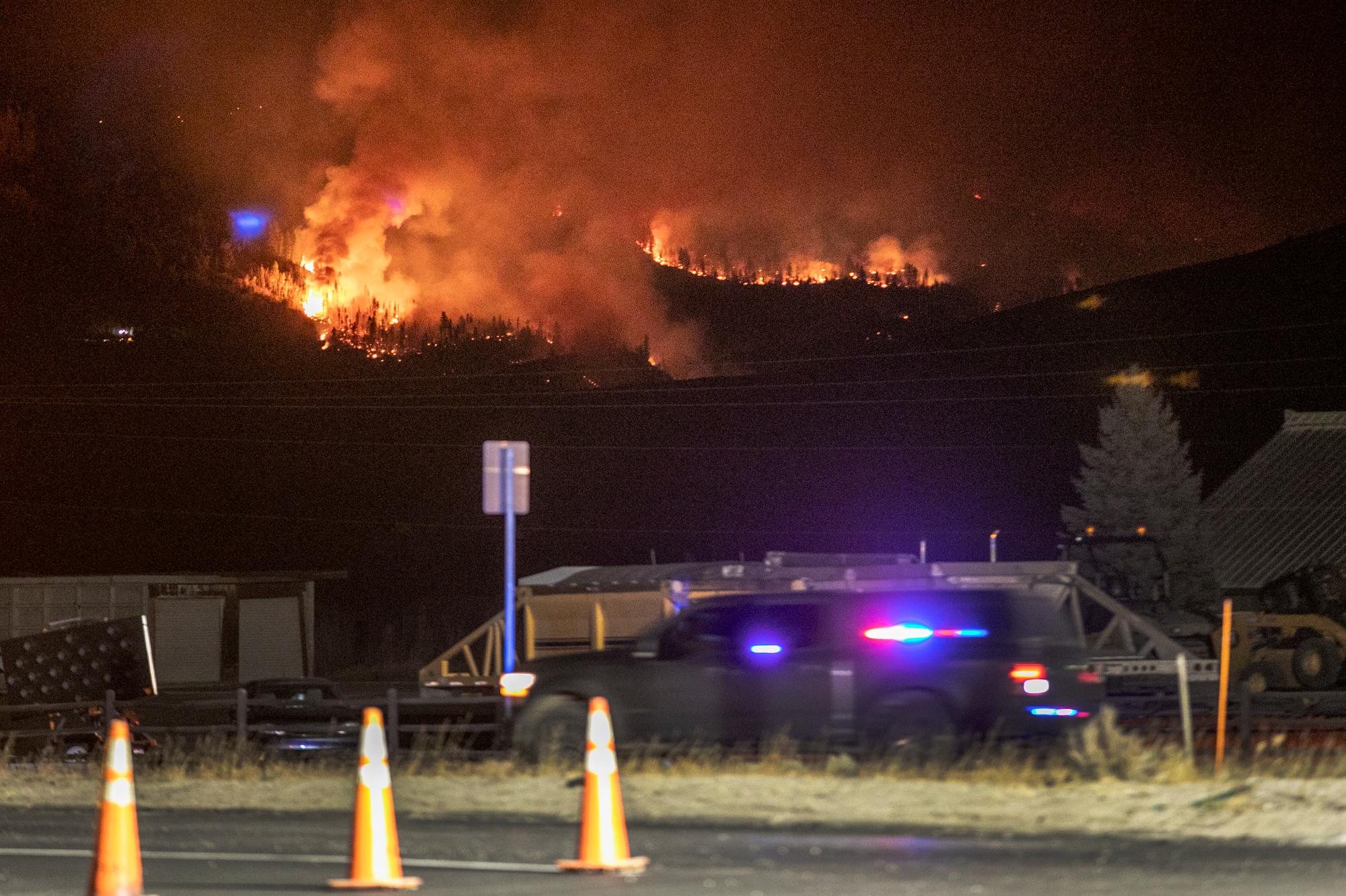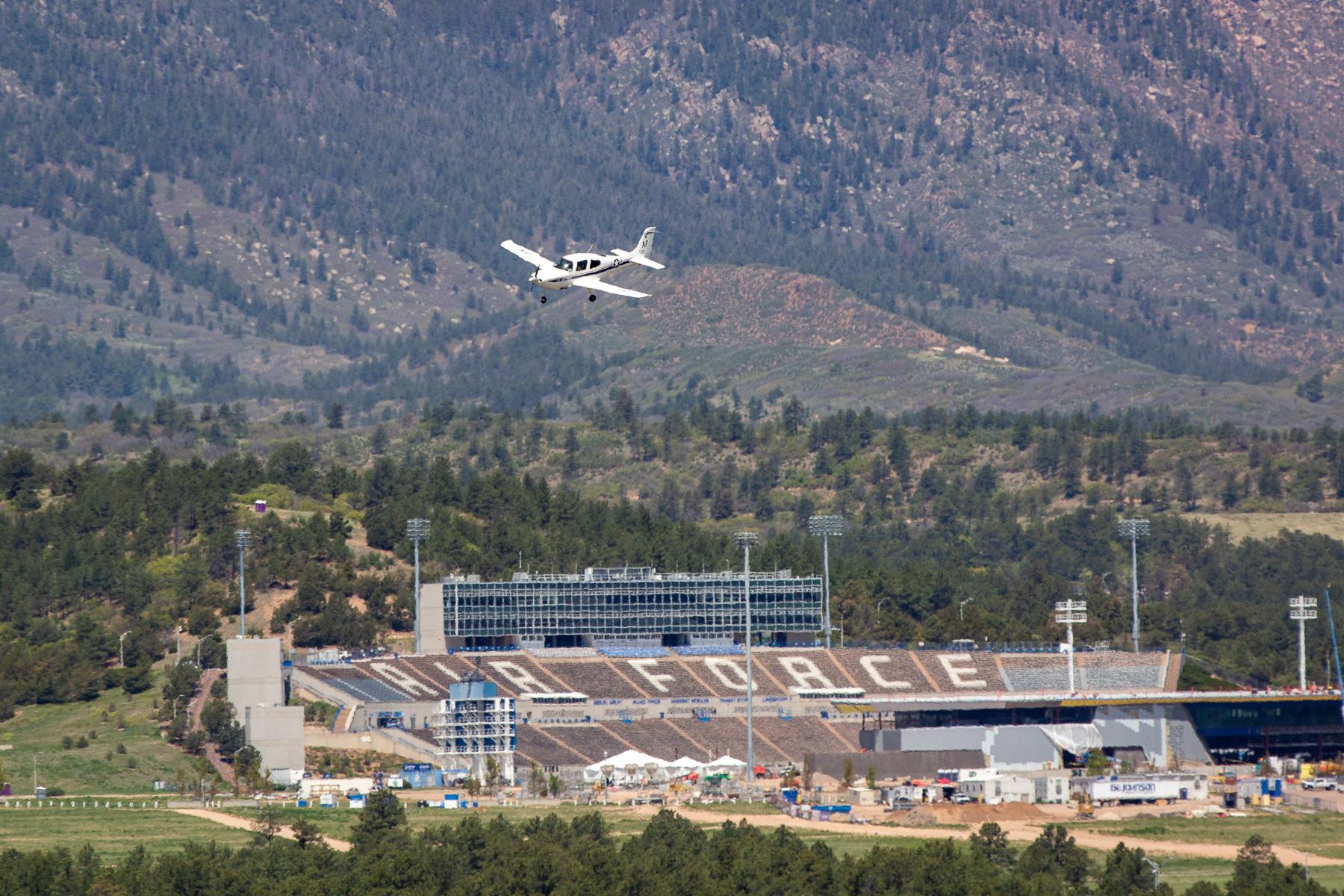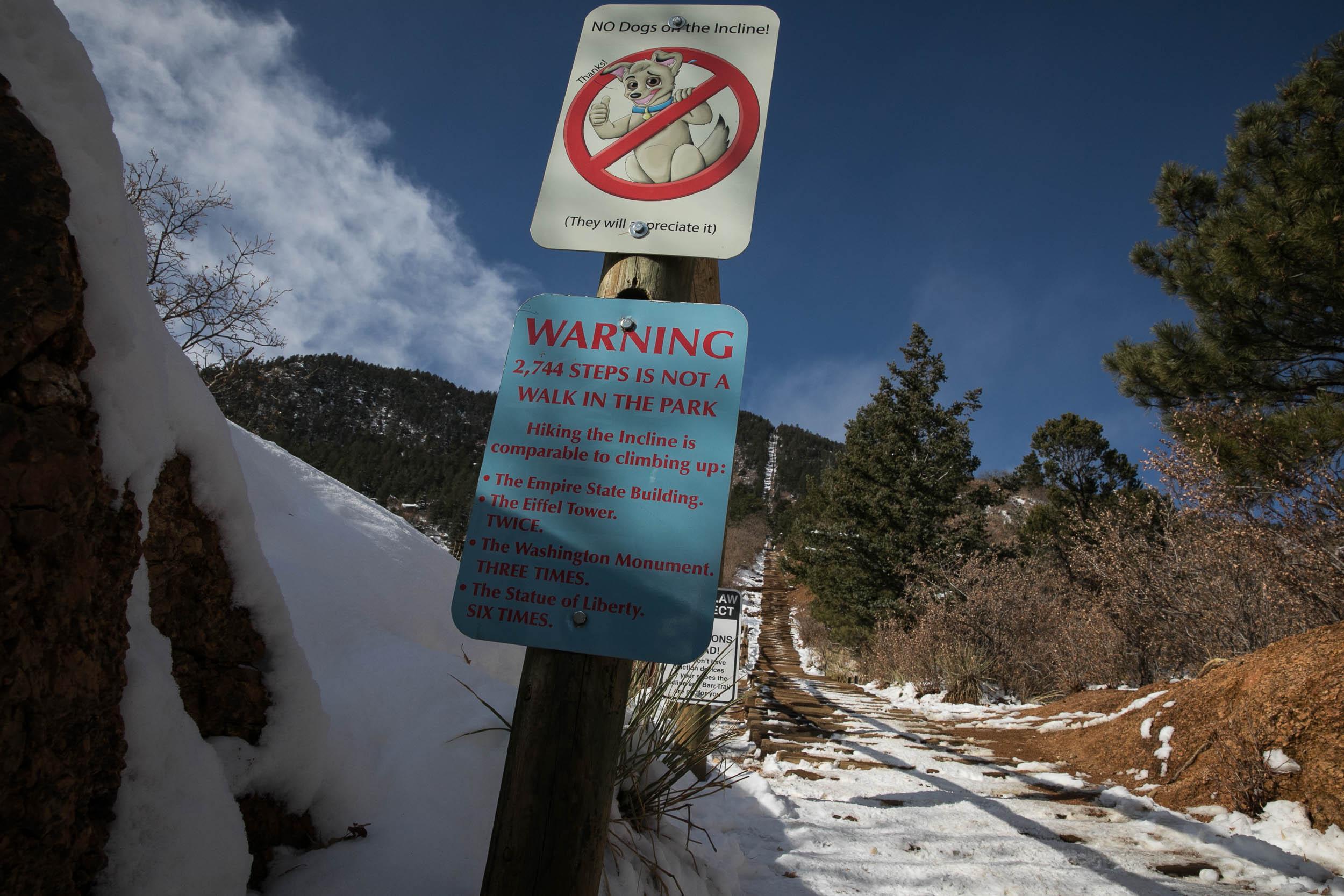
- Weather: Snow is good for the fire — but bad for pipes in evacuated homes
- What we know right now: Sheriff confirms two deaths in Grand Lake
- Rocky Mountain National Park: How bad is the fire damage to RMNP?
- Photos: What our reporters are seeing, from Grand County to Estes Park
- Maps, resources, evacuation information and more
Updated Oct. 22, 9:29 a.m.
The East Troublesome fire has closed Rocky Mountain National Park. We're collecting Thursday's updates in this story. Our original overnight and early morning reporting continue below.
The fire burning in Grand County erupted on Wednesday night, making a run into Grand Lake and prompting evacuations of hundreds of people in the city and the surrounding areas.
As of 5:33 a.m. Thursday morning, the perimeter of the fire quadrupled, expanding to 125,678 acres. As of Wednesday night, it hovered around 30,000 acres.
That would make East Troublesome the fourth-largest wildfire in state history during what has already been a record-breaking year. Three of the top five fires are now 2020 burns with the Cameron Peak fire still actively burning a few miles to the north of Grand Lake.
There was significant fire activity overnight with reports of wind gusts of up to 60 mph that pushed the flames east, toward Colorado 34.
Some evacuees escaped the fire by traveling across Trail Ridge Road, the highest elevation paved road in the U.S., at night through a blanket of smoke.
Radio chatter from the fire dispatch late Wednesday night confirmed that houses were burning down. Firefighters were going from house to house trying to save what they could.
The fire blew up so quickly that many who went to work as normal Wednesday morning found themselves fleeing their homes by the evening.
Ryan Lokteff said the wind was blowing so hard it was rattling his house when the pre-evacuation order was first issued.
"Shortly after that, we got the mandatory evacuation notice and we just basically stopped in the middle of dinner, grabbed all the things we had prioritized and started heading out," he said.
The hill behind Lokteff's home blocked the fires glow, but it only took going around a few bends in the road to see how close the fire had come.
"Then you could actually see flames on the tops of some of the mountains, and then basically from there almost all the way towards Granby, there were mountains that had fire on top of them," he said. "It was shocking, driving out, just knowing how close the fire was over some of the hills and mountains. And at points when you can see the flames, and kind of see them whipping up in the air, it was unreal."
Earlier Wednesday during a briefing, Jay Winfield, incident commander of the Northern Rockies Incident Management Team 6, said the fire had been very active, growing from about 19,000 acres in the morning to well over 30,000 acres by 6 p.m. He said the fire was outflanking the bulldozer-made containment lines.
“The fire is growing faster than we can catch it right now,” Winfield said at the briefing.
The East Troublesome fire sent smoke across the Front Range all day on Wednesday. The National Weather Service said the fire’s smoke plume was being lofted over 40,000 feet high as it burned through the night.
CPR News audience editor Jim Hill contributed to this report.











